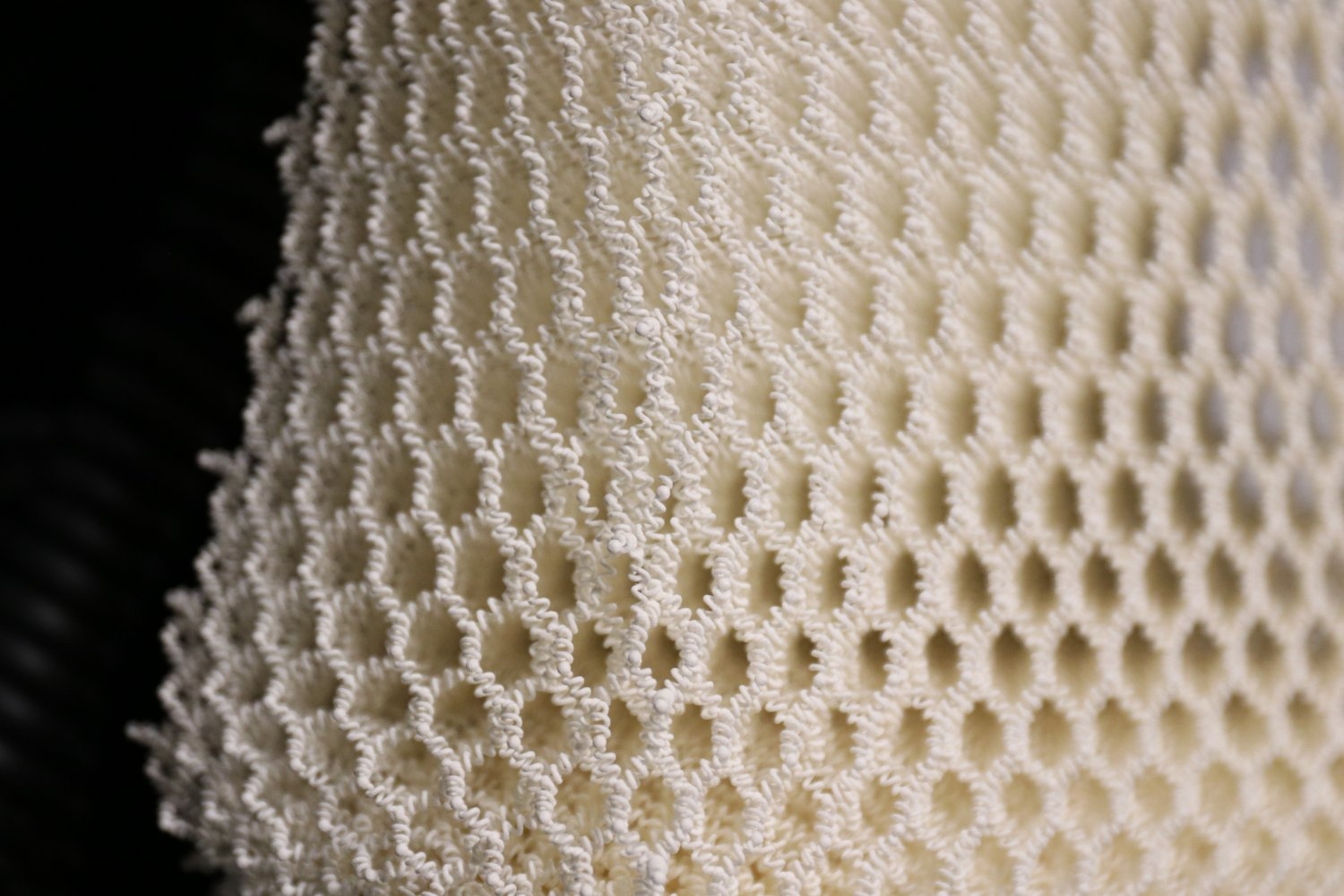Anne Wilson | Department of Mechanical Engineering
2025-01-22 14:45:00
news.mit.edu
Materials like car tires, human tissues, and spider webs are diverse in composition, but all contain networks of interconnected strands. A long-standing question about the durability of these materials asks: What is the energy required to fracture these diverse networks? A recently published paper by MIT researchers offers new insights.
“Our findings reveal a simple, general law that governs the fracture energy of networks across various materials and length scales,” says Xuanhe Zhao, the Uncas and Helen Whitaker Professor and professor of mechanical engineering and civil and environmental engineering at MIT. “This discovery has significant implications for the design of new materials, structures, and metamaterials, allowing for the creation of systems that are incredibly tough, soft, and stretchable.”
Despite an established understanding of the importance of failure resistance in design of such networks, no existing physical model effectively linked strand mechanics and connectivity to predict bulk fracture — until now. This new research reveals a universal scaling law that bridges length scales and makes it possible to predict the intrinsic fracture energy of diverse networks.
“This theory helps us predict how much energy it takes to break these networks by advancing a crack,” says graduate student Chase Hartquist, one of the paper’s lead authors. “It turns out that you can design tougher versions of these materials by making the strands longer, more stretchable, or resistant to higher forces before breaking.”
To validate their results, the team 3D-printed a giant, stretchable network, allowing them to demonstrate fracture properties in practice. They found that despite the differences in the networks, they all followed a simple and predictable rule. Beyond the changes to the strands themselves, a network can also be toughened by connecting the strands into larger loops.
“By adjusting these properties, car tires could last longer, tissues could better resist injury, and spider webs could become more durable,” says Hartquist.
Shu Wang, a postdoc in Zhao’s lab and fellow lead author of the paper, called the research findings “an extremely fulfilling moment … it meant that the same rules could be applied to describe a wide variety of materials, making it easier to design the best material for a given situation.”
The researchers explain that this work represents progress in an exciting and emerging field called “architected materials,” where the structure within the material itself gives it unique properties. They say the discovery sheds light on how to make these materials even tougher, by focusing on designing the segments within the architecture stronger and more stretchable. The strategy is adaptable for materials across fields and can be applied to improve durability of soft robotic actuators, enhance the toughness of engineered tissues, or even create resilient lattices for aerospace technology.
Their open-access paper, “Scaling Law for Intrinsic Fracture Energy of Diverse Stretchable Networks,” is available now in Physical Review X, a leading journal in interdisciplinary physics.
Upgrade your audio game with the Logitech for Creators Blue Yeti USB Microphone. With over 33,730 ratings and an impressive 4.6 out of 5 stars, it’s no wonder this is an Amazon’s Choice product. Recently, 5K+ units were purchased in the past month.
Available in five stunning colors: Teal, Silver, Pink Dawn, Midnight Blue, and Blackout, this microphone is perfect for creators looking to produce exceptional audio. Priced at only $84.99, it’s a deal you can’t afford to miss.
Elevate your recordings with clear broadcast-quality sound and explore your creativity with enhanced effects, advanced modulation, and HD audio samples. Order now for just $84.99 on Amazon!
Support Techcratic
If you find value in Techcratic’s insights and articles, consider supporting us with Bitcoin. Your support helps me, as a solo operator, continue delivering high-quality content while managing all the technical aspects, from server maintenance to blog writing, future updates, and improvements. Support Innovation! Thank you.
Bitcoin Address:
bc1qlszw7elx2qahjwvaryh0tkgg8y68enw30gpvge
Please verify this address before sending funds.
Bitcoin QR Code
Simply scan the QR code below to support Techcratic.

Please read the Privacy and Security Disclaimer on how Techcratic handles your support.
Disclaimer: As an Amazon Associate, Techcratic may earn from qualifying purchases.




















































![[Download] Intuitive 3D Modeling | Abstract Sculpture | FLIGHT | DANA KRYSTLE](https://techcratic.com/wp-content/uploads/2025/08/1755630966_maxresdefault-360x180.jpg)















































